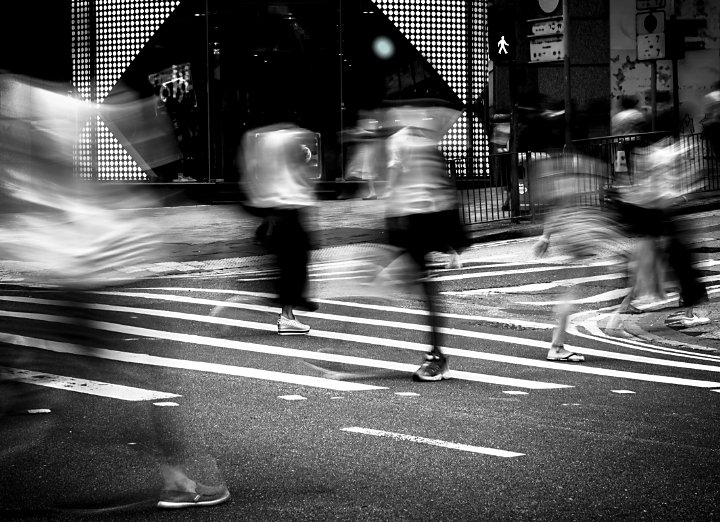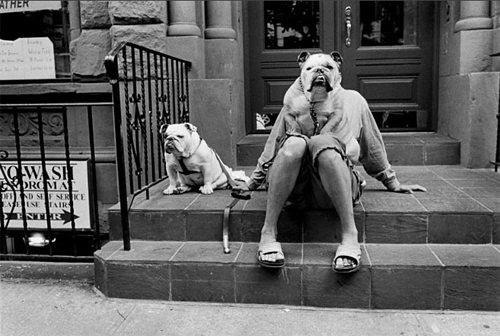The smart Trick of Street Photographers That Nobody is Talking About
The smart Trick of Street Photographers That Nobody is Talking About
Blog Article
The Definitive Guide to Street Photographers
Table of ContentsSome Known Details About Street Photographers The Ultimate Guide To Street Photographers4 Simple Techniques For Street PhotographersSome Known Details About Street Photographers Indicators on Street Photographers You Need To Know
, a category of photography that records day-to-day life in a public place. The very publicness of the setup makes it possible for the digital photographer to take honest images of complete strangers, typically without their knowledge. Road photographers do not necessarily have a social purpose in mind, but they choose to separate and record minutes which may otherwise go unnoticed.He was affected by numerous of those that affected the road photographers of the 1950s and '60s, he was not mainly interested in recording the spirit of the road., that functioned side by side with photographers attempting to capture the essence of metropolitan life.
Due to the comparatively primitive technology available to him and the long exposure time required, he battled to catch the hustle and bustle of the Paris streets. He trying out a series of photographic approaches, attempting to discover one that would certainly enable him to catch motion without a blur, and he discovered some success with the calotype, patented in 1841 by William Henry Fox Talbot. While the professional photographers' subject was basically the exact same, the results were considerably different, showing the effect of the professional photographer's intent on the character of the photos he created.
Not known Facts About Street Photographers
Provided the great high quality of his pictures and the breadth of material, engineers and artists often got Atget's prints to use as referral for their own job, though commercial rate of interests were rarely his primary inspiration. Rather, he was driven to photograph every last residue of the Paris he loved. The mingled enthusiasm and necessity of his mission luster through, causing photographs that narrate his own experience of the city, top qualities that expected road digital photography of the 20th century.

Unlike his peers, Brassa utilized a larger-format Voigtlnder camera with a longer direct exposure time, forcing him to be a lot more calculated and thoughtful in his method than he could have been if using a Leica. (It is assumed that he may not have had the ability to afford a Leica during that time, yet he did, however, utilize one in the late 1950s get redirected here to take colour pictures.) Brassa's photographs of the Paris underworld brightened by synthetic light were a discovery, and the collection of the collection that he published, (1933 ), was a major success.

Little Known Facts About Street Photographers.
It is due to this fundamental understanding of the art of picture taking that he is commonly credited with finding the medium all over once again about a century since its creation. He took photos for greater than a half century and affected generations of professional photographers to trust their eye and intuition in the moment.
These are the concerns I will try to respond to: And after that I'll leave you with my own interpretation of street photography. Yes, we do. Let's begin with defining what a meaning is: According to it is: "The act of defining, or of making something certain, unique, or clear".
No, absolutely not. The term is both limiting and misinforming. Appears like a road digital photography need to be images of a roads ideal?! And all street professional photographers, besides a handful of outright newbies, will totally appreciate that a street is not the key part to road photography, and actually if it's a photo of a road with possibly a few boring people not doing anything of passion, that's not street photography that's a photo of a road.
Not known Incorrect Statements About Street Photographers
He makes a legitimate factor do not you think? Nonetheless, while I agree with him I'm unsure "candid public digital photography" will capture on (although I do kind of like the term "honest photography") since "street digital photography" has actually been around for a long time, with several masters' names connected to it, so I think the term is here to remain.
You can fire at the coastline, at a festival, in an alley, in a park, in a piazza, in a coffee shop, at a gallery or art gallery, in a metro terminal, at an occasion, why not find out more on a bridge, under a bridge ...
Little Known Facts About Street Photographers.
Yes, I'm afraid we terrified no choice! Without regulations we can not have a definition, and without an interpretation we don't have a genre, and without a style we do not have anything to specify what we do, and so we are stuck in a "policies definition genre" loop! - Street Photographers

Report this page